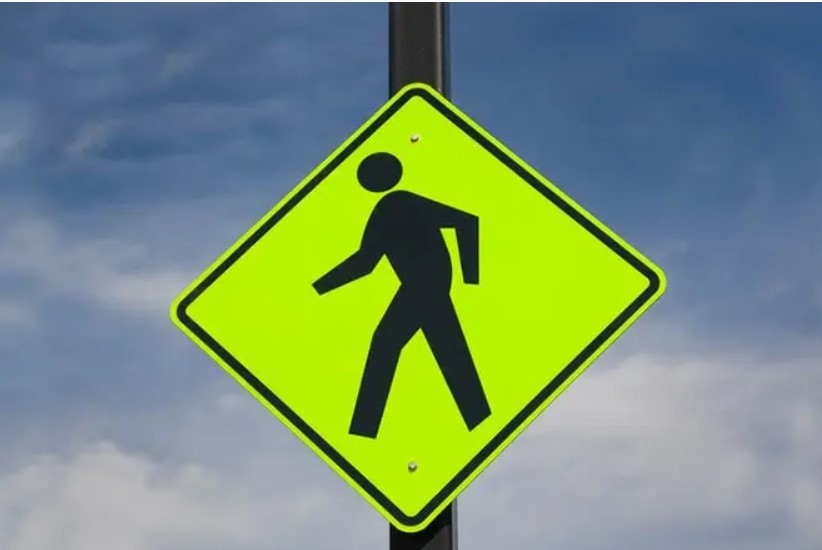
STEADY RISE IN PEDESTRIAN FATALITIES RINGS ALARM BELLS
Pedestrians now account for 1 in 5 traffic deaths in Texas
AUSTIN – As spring approaches, more and more Texans will take to the streets, and TxDOT has an essential message for both drivers and pedestrians: watch out for each other.
State officials warn that pedestrian deaths continue to rise in Texas and now account for 1 in 5 of all traffic fatalities. In 2019 alone, 5,975 traffic crashes involving pedestrians occurred in Texas, resulting in 669 deaths, a 5% increase in deaths over the previous year. Another 1,317 people were seriously injured.
“From 2015 to 2019, traffic crashes claimed the lives of 3,150 pedestrians,” said TxDOT Executive Director James Bass. “To reach our goal of zero deaths on Texas roadways, we need all drivers to obey the rules of the road, stay alert, and take responsibility for looking out for pedestrians, and for pedestrians to follow safety tips.”
Since 2015, TxDOT has spent $153 million in federal and state funding to upgrade sidewalks, curbs, and striping for pedestrian accessibility, safety, and mobility. During that time, TxDOT awarded $116 million in grant funding to support more than 120 locally sponsored projects that provide safe routes to schools, multi-use pathways, sidewalks, and bike paths in rural and small urban areas.
Crash reports from law enforcement indicate the two leading causes for pedestrian fatalities are:
1) pedestrians failing to follow traffic safety laws and struck when crossing streets and roadways, and 2) motorists failing to yield the right of way, driving distracted, or moving too fast. Alcohol also is a factor in pedestrian-related crashes, deaths, and injuries.
Pedestrians are among the most vulnerable road users because they have no protective equipment, such as airbags, seat belts, and bumpers. This month TxDOT is launching a unique, socially distanced outreach campaign near intersections and high traffic areas in the state’s major cities to call attention to this reality and deliver messages where people most need to see them—at street level. This “walking billboard” public education effort will use stark, attention-grabbing visuals reminding motorists and pedestrians that “pedestrians don’t come with airbags” and “you can’t fix a pedestrian at a body shop.”
TxDOT offers these safety tips to prevent a deadly encounter:
For drivers
- When turning, yield the right of way to pedestrians.
- Stop for pedestrians at crosswalks.
- Be cautious when passing stopped buses or other vehicles.
- Pay attention and put your phone away—pedestrians may enter your path suddenly.
- Obey the speed limit and drive to conditions.
For pedestrians
- Cross the street only at intersections and crosswalks. Look left, right, then left again before crossing.
- Make eye contact with drivers before crossing. Don’t assume drivers see you.
- Obey all traffic and crosswalks signals.
- Use the sidewalk. If there isn’t one, walk on the left side of the road, facing oncoming traffic.
- When walking, put away electronic devices that take your eyes and ears off the road.
- Wear bright clothing during the day, and wear reflective materials or use a flashlight at night
TxDOT’s pedestrian safety campaign is a critical component of #EndTheStreakTX. It is a broader social media and word-of-mouth effort that encourages drivers to make safer choices while behind the wheel, such as wearing a seat belt, driving the speed limit, never texting and driving, and never driving under the influence of alcohol or other drugs. Nov. 7, 2000, was the last deathless day on Texas roadways. #EndTheStreakTX asks all Texans to commit to driving safely to help end the streak of daily deaths on Texas roadways.
The information contained in this report represents reportable data collected from the Texas Peace Officer’s Crash Report (CR-3). This information was received and processed by the department as of Jan. 22, 2021.








 EastTexasRadio.com Powered by Ten Stations
EastTexasRadio.com Powered by Ten Stations




